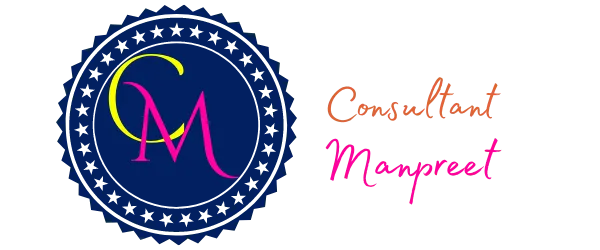
FINANCIALS OF A REGISTERED EDUCATION SAVINGS PLAN
Compare different illustrations from Canadian Insurers and decide what is best for your child/children.


RESP FINANCIALS
Registered Education Savings Plan Financials
An RESP (Registered Education Savings Plan) is a tax-advantaged savings account designed to help parents and guardians save for their children's post-secondary education in Canada.
Here are the key financial aspects of an RESP plan:
Contributions: Subscribers (parents, guardians, or others) make regular contributions to the RESP account. There is no
annual contribution limit, but there is a lifetime contribution limit of $50,000 per beneficiary.
Government Grants: One of the main advantages of an RESP is that the Canadian government provides various grants to encourage saving for education. The most well-known grant is the Canada Education Savings Grant (CESG), which matches a percentage of contributions made to the RESP, up to a maximum grant of $500 per year per beneficiary (20% of the first $2,500 in contributions). Lower-income families may be eligible for additional CESG.
Investment Growth: RESP funds can be invested in various financial instruments, such as mutual funds, stocks, bonds, and Guaranteed Investment Certificates (GICs). The investment growth within the RESP is tax-deferred, meaning it is not subject to taxation until withdrawals are made.
Accumulated Income: The income earned on government grants and investment growth within the RESP is referred to as Accumulated Income. This income is also tax-deferred while it remains in the RESP.
Withdrawals: When the beneficiary enrolls in post-secondary education, they can begin withdrawing funds from the
RESP to cover their educational expenses, including tuition, books, and living costs. Withdrawals are referred to as Educational Assistance Payments (EAPs).
Taxation upon Withdrawals: EAPs are taxed in the hands of the beneficiary, typically at a lower tax rate as students typically have low income. CESG and investment growth are included in the EAPs and are subject to taxation.
Contribution Deadline: RESP contributions can be made until 31 years after the plan is opened, with a maximum plan lifetime of 36 years. When the beneficiary enrolls in a qualifying post-secondary education program, the accumulated funds in the RESP can be withdrawn as Educational Assistance Payments (EAPs). EAPs consist of the investment growth, government grants, and bond amounts. EAPs are taxable to the beneficiary as income. Unused contributions (non-EAP withdrawals) can be returned to the subscriber tax-free.
Unused CESG: If the RESP account doesn't fully utilize the available CESG, the unused grant room can be carried forward to future years, subject to certain limitations.
Government Grants: One of the significant benefits of an RESP plan is access to government grants, such as the Canada Education Savings Grant (CESG) and the Canada Learning Bond (CLB). The CESG matches a portion of the contributions made to the RESP, up to a certain limit. The CLB provides additional funds for eligible low-income families.
It's essential to note that RESP rules and regulations may change over time, so it's always advisable to consult with a financial advisor or tax professional to ensure you have the most up-to-date information and to tailor the RESP plan to your specific financial situation.

EQUITABLE LIFE WHOLE LIFE ILLUSTRATION 1
Estate Builder
Pay Term 20 years
Monthly Premium $208
Paid Up Additions
New Born Male Child
(10 year Term also available)
EQUITABLE LIFE WHOLE LIFE ILLUSTRATION 2
Estate Builder
Pay Term 20 years
Monthly Premium $500
Paid Up Additions
New Born Male Child
(10 year Term also available)
EQUITABLE LIFE WHOLE LIFE ILLUSTRATION 3
Estate Builder
Pay Term 20 years
Monthly Premium $208
Paid Up Additions
New Born Female Child
(10 year Term also available)
EQUITABLE LIFE WHOLE LIFE ILLUSTRATION 4
Estate Builder
Pay Term 20 years
Monthly Premium $500
Paid Up Additions
New Born Female Child
(10 year Term also available)
Have a different DOB for your Child
Reviews for Consultancy
Proudly working 100% remotely in Canada, Post COVID-19
@ Consultant Manpreet. All Rights Reserved 2020.
